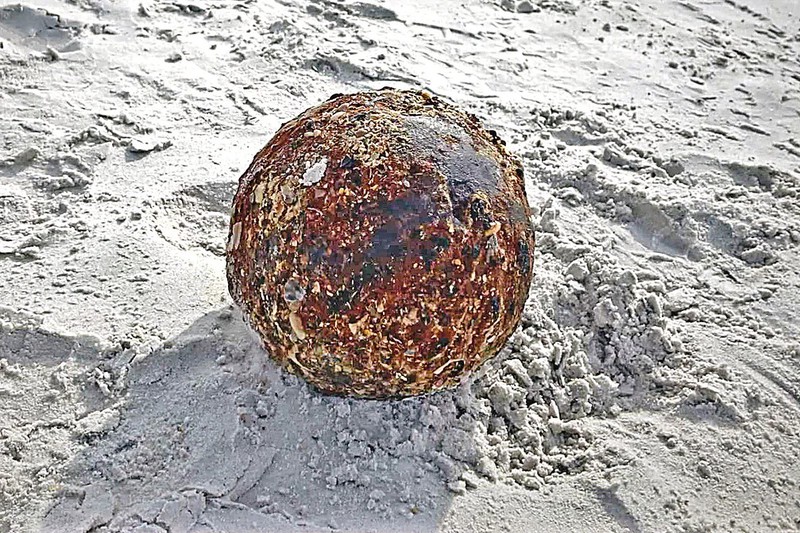
Craig O'Neill's job is to find the hidden treasure. From the mountains to the sea, from the jungle to the desert, he wandered in search of hidden treasures. Although he did not have any hidden treasure in his forehead, he found an old cannonball.
Archaeologists say the cannonball found by Craig O'Neill dates back to the 17th century.
A report by United Press International (UPI) on Thursday states that Craig O'Neill's home is in the vicinity of Vedra Beach in Ponte, Florida. He was recently searching for hidden treasure in the Villano Beach area of Florida. There he found the old cannonball.
Craig O'Neill told the media he found the bullet while searching with a metal detector on Villano Beach. It was buried about four feet deep in the sand of the beach. Later he brought it out from under the sand. It weighs about 20 pounds. The ammunition was loaded. So the police called Craig O'Neill to deactivate it.
However, Craig O'Neill did not realize that the cannonball he found was so old. "It's a very large shell," said Chuck Meide, an archaeologist with the St. Augustine Lighthouse Archaeological Maritime Program in the United States. Compared to pictures of other such shells, such cannonballs were used in the seventeenth century.
Archaeologists believe the bullet may have come from the Castillo de San Marcos castle to the beach. The location of the fort is only a few miles away from where the shell was found on the beach. In the seventeenth century, the entire city, including the fort, was occupied by Europeans. Then for some reason the bullet was fired. However, according to Chuck Meid, artillery shells may have been fired from an armed ship approaching the beach.
Comments